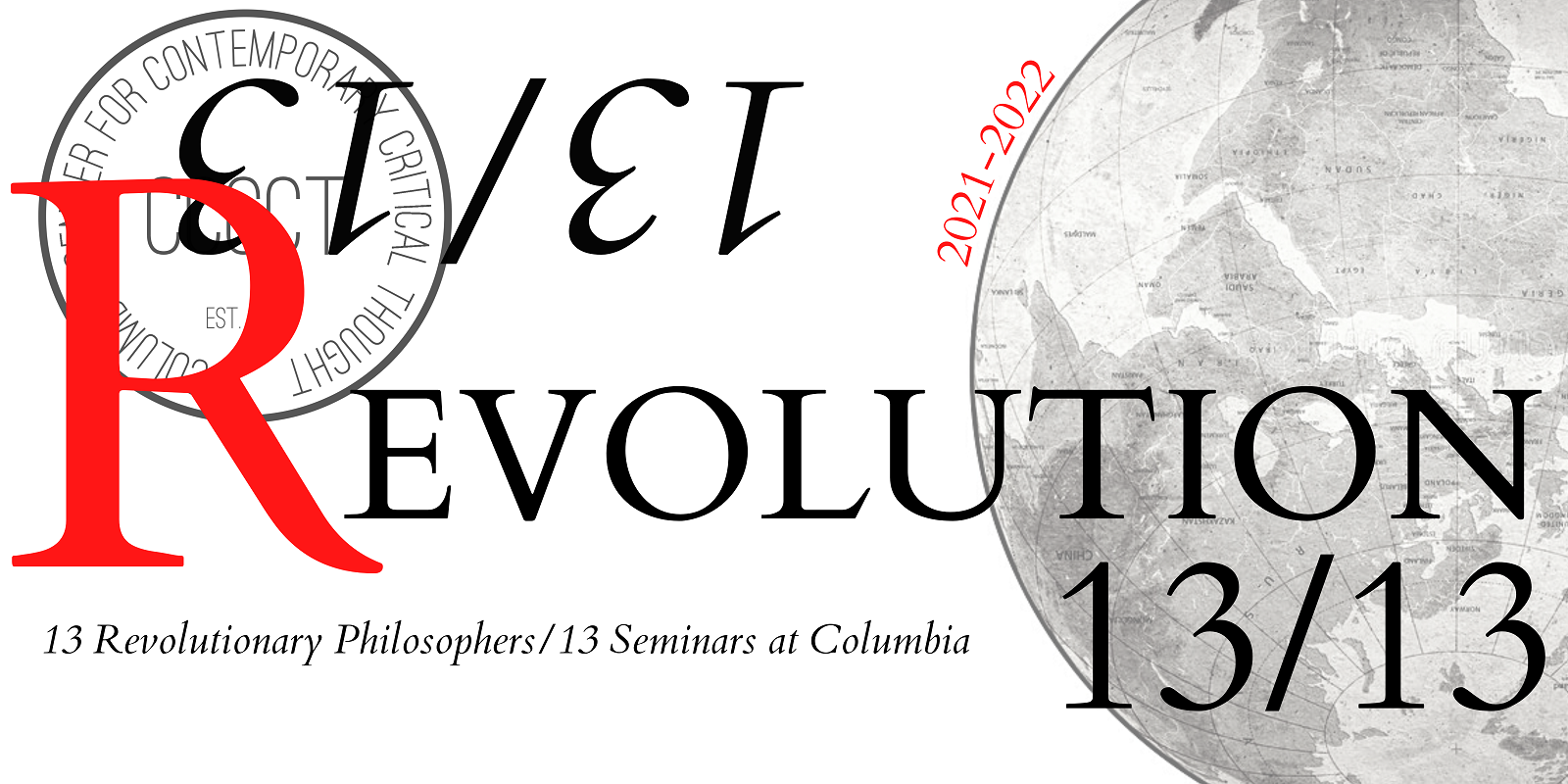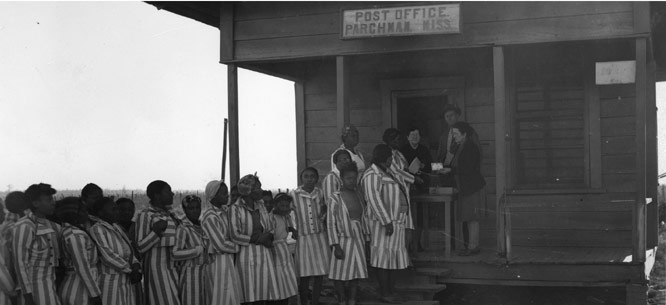Sarah Haley and Bernard E. Harcourt
read and discuss Abolition. Feminism. Now. by Angela Davis, Gina Dent, Erica R. Meiners, and Beth E. Richie; and No Mercy Here by Sarah Haley
Wednesday, June 1, 2022
The People’s Forum
At our seminar on abolition feminism with Sarah Haley, we explore the long history of feminist abolitionist activism and theory that extends back not only two decades to the turn of the twenty-first century with the collaborative political organizing of INCITE! and Critical Resistance, but much further back, centuries back, to the feminist abolitionist struggle against slavery and the uniquely violent forms which it took against Black women, as well as the forms of resistance going back to the Combahee River battle for instance.
Our discussion is guided by the reading of both the new collective book, Abolition. Feminism. Now. by Angela Y. Davis, Gina Dent, Erica R Meiners, and Beth E. Richie, and the extraordinary historical research of Sarah Haley on the racial and gendered construction of our punitive society in the late nineteenth and early twentieth centuries, especially connected to convict leasing, chain gangs, and the Milledgeville State Prison Farm in Georgia, in her book, No Mercy Here: Gender, Punishment, and the Making of Jim Crow Modernity.
There are three interlocking dimensions that come together to give abolition feminism so much momentum today, both in terms of activism and movement work and in terms of critical theory—in other words, in both theory and praxis. Two of those dimensions are clearly articulated in the work of Davis, Dent, Meiners, and Richie (henceforth, the Collective), and reflected in the very title of their book and of the movement; but there is a third important dimension—a longue durée historical dimension—from Haley’s book No Mercy Here that provides an essential and rich context and a history of ideological formation that grounds abolition feminism today.
One could say that the first dimension, abolition, highlights resistance to state violence against Black men and women and communities more broadly; that the second dimension, feminism, spotlights resistance to interpersonal (most often male) violence against women in everyday life; and that the third dimension, the history of ideology, underscores the unique forms of state violence against women of color. At the same time, although the three dimensions highlight different aspects of the complex—or as Haley says, drawing on Dylan Rodriguez, “regime”—of race-and-gender domination, they combine to form an extremely coherent praxis of non-violent, transformative, visionary movement work. What’s particularly impressive is to see how those dimensions enrich each other—rather than competing with each other. How they work together to create a remarkable whole that is greater than its parts.
Welcome to Revolution 12/13!

